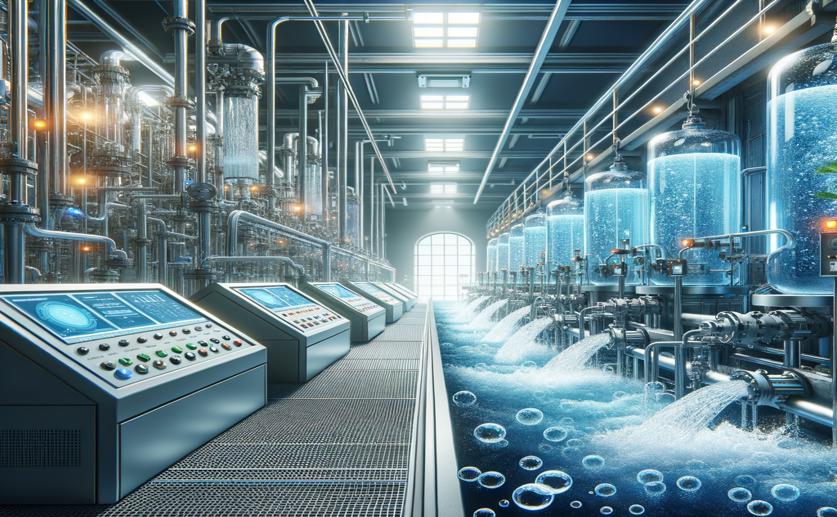
Optimizing Ozone Treatment for Safe Drinking Water and Disinfection Control
Jim Crocker
20th August, 2024

Image Source: Natural Science News, 2024
Key Findings
- The study by the Federal University of Rio Grande do Sul investigated ozonation conditions to effectively remove pathogens from reclaimed water
- Ozonation significantly reduced pathogens, including total coliforms, E. coli, PMMoV, ToBRFV, and HNoV, with varying log reductions
- Higher ozone doses increased harmful byproducts like bromate and NDMA, indicating a need for additional treatment steps to control these byproducts
EnvironmentHealthSustainability
References
Main Study
1) Optimizing ozone treatment for pathogen removal and disinfection by-product control for potable reuse at pilot-scale.
Published 17th August, 2024
https://doi.org/10.1016/j.chemosphere.2024.143128
Related Studies
2) Reduction of SARS-CoV-2 by biological nutrient removal and disinfection processes in full-scale wastewater treatment plants.
3) Evaluation of a full-scale wastewater treatment plant upgraded with ozonation and biological post-treatments: Abatement of micropollutants, formation of transformation products and oxidation by-products.
4) An insight to sequential ozone‑chlorine process for synergistic disinfection on reclaimed water: Experimental and modelling studies.



 1st April, 2024 | Jenn Hoskins
1st April, 2024 | Jenn Hoskins